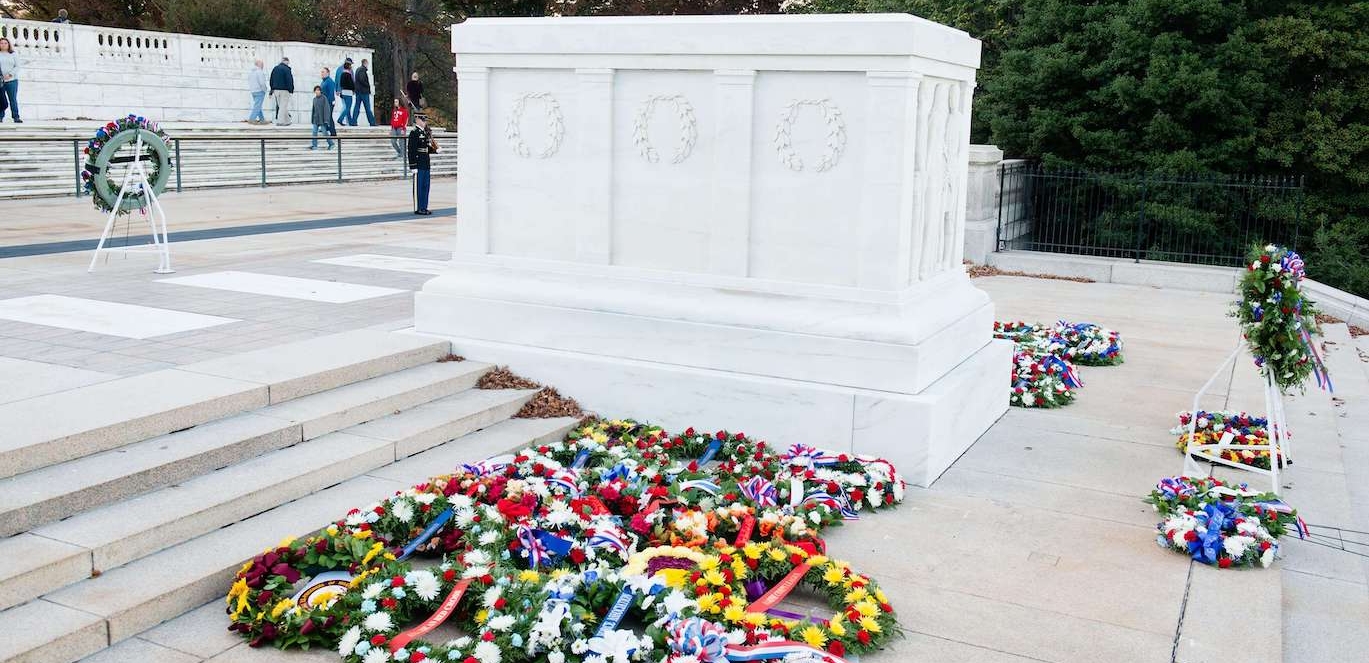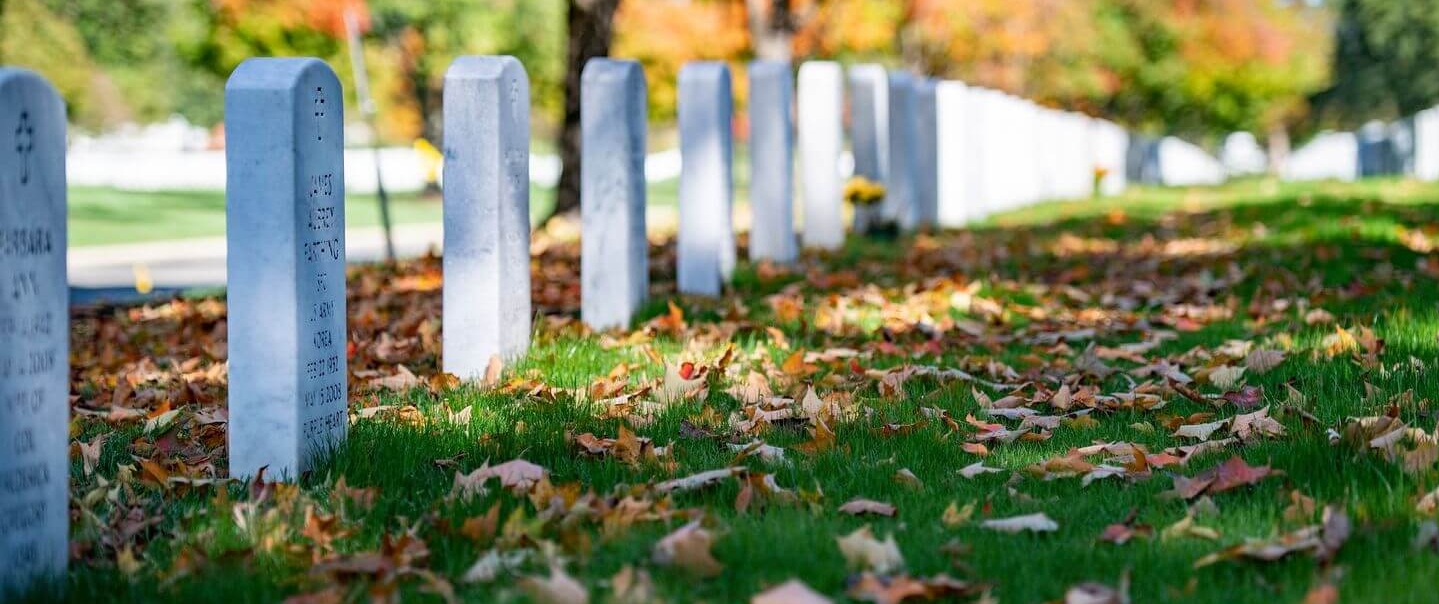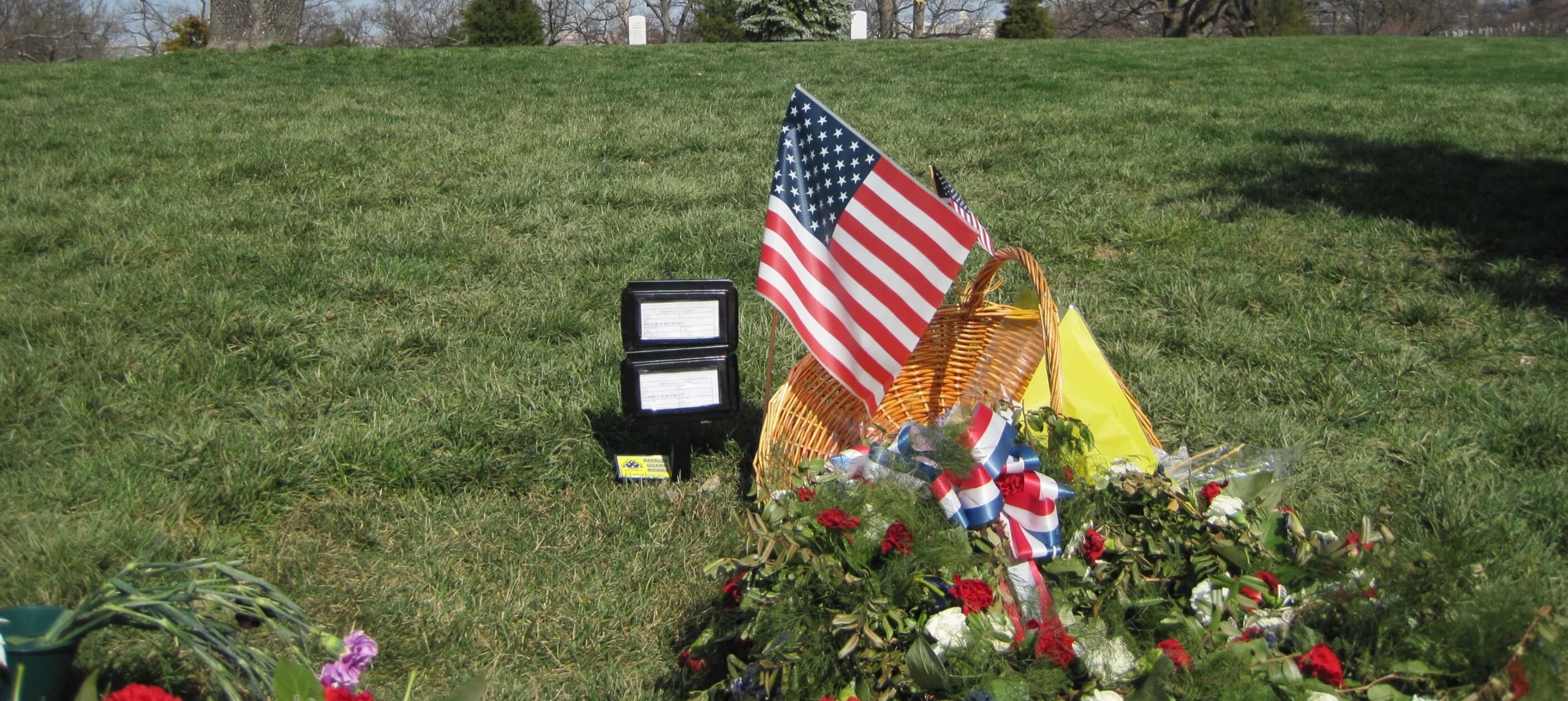 Arlington National Cemetery, the most popular cemetery in the country, is the final resting place for a lot of our nation’s greatest heroes, including more than 400,000 veterans of every American problem, from the War Of Independence to Iraq and Afghanistan. Considering that its beginning in 1866, Arlington National Cemetery has actually given a solemn area to contemplate the sacrifices made by the men and women of the United States Armed Forces for our nation.
Arlington National Cemetery, the most popular cemetery in the country, is the final resting place for a lot of our nation’s greatest heroes, including more than 400,000 veterans of every American problem, from the War Of Independence to Iraq and Afghanistan. Considering that its beginning in 1866, Arlington National Cemetery has actually given a solemn area to contemplate the sacrifices made by the men and women of the United States Armed Forces for our nation.
The cemetery home is on the previous premises of Arlington Residence, the estate of George Washington Parke Custis, the embraced grandson of President George Washington, and his better half, Mary Lee Fitzhugh. Custis picked English designer George Hadfield to create his mansion atop a hill forgeting Washington. Custis developed your house in phases, first the north fly 1802, the south fly 1804, as well as finally the central section linking both in 1818. In 1831, the couple’s only youngster, Mary Anna Randolph Custis, married a childhood friend and remote cousin, Robert E. Lee, at Arlington Home. Mary and also George Custis lived at Arlington until their fatalities in 1853 and also 1857, specifically, passing the home on to Mary Anna. Although Robert E. Lee never ever owned the residential property, he and also Mary Anna lived there up until 1861 when Virginia withdrawed from the Union as well as Lee took command of the Virginia State Military while Mary Anna took safety somewhere else. Lee never returned to Arlington Home.
In 1864, the Federal government repossessed the residential property over a failure to pay taxes as well as put it up for public auction where a tax commissioner bought the residential or commercial property for federal government, armed forces, charitable, and also instructional purposes. Lee’s boy, Custis Lee, took legal action against over the confiscation of the property, as well as in 1882, the High court ordered the land went back to the Lee family. The following year Congress bought the residential or commercial property outright.
On June 15, 1864, the Arlington Residence residential or commercial property and also 200 acres of surrounding land were designated as a military cemetery as Quartermaster General Montgomery C. Meigs intended to ensure that Lee could not return to the website. The first funeral at Arlington National Cemetery was that of Exclusive William Henry Christman of Pennsylvania, who hinges on Area 27, Lot 19..

Section 27 has the remains of more than 3,800 former slaves that stayed in the Freedman’s Town on the cemetery grounds. Freed slaves were permitted to farm on this land from 1863 to 1883, and those that passed away while living in the town were hidden below.
Confederates were originally buried in numerous different areas of the cemetery making use of headstones that were the same as those utilized to mark the tombs of civilians. Starting in 1898, previous Confederates led an initiative to identify and mark Confederate interments. Regulation in 1900 appropriated funds to reinter over 250 Confederates, who were already buried in Arlington Cemetery as well as others from the National Soldiers Residence National Cemetery, to a section of Arlington National Cemetery. The regulation needed that a “correct headstone” be made use of for the reinterments. The headstone that was picked is roughly the very same size as the Union headstones but with a sharp top to set apart the Confederate funerals. This pointed headstone ended up being the standard headstone for Confederates throughout the National Cemetery System.
The largest framework within the cemetery is the Memorial Amphitheater, situated on Memorial Drive, near the center of the premises. Committed on May 15, 1920, the amphitheater is used for three significant events each year, the solutions on Easter, Memorial Day, and Veterans Day. The amphitheater is confined by a white marble oblong pillars, covered with a frieze inscribed with the names of 44 fights from the Revolutionary War with the Spanish-American Battle. The names of 14 U.S. Army Generals and 14 United State Navy Admirals are inscribed on panels flanking the stage. Etched above the west entry is a quote from the Roman poet, Horace, which checks out “Dulce et decorum est pro patria mori,” significance, “It is pleasant and also fitting to need one’s nation.”.

The Unknown Soldier of the Vietnam Battle, interred as well as presented with the Medal of Honor in 1984, was consequently determined as Flying force 1st Lieutenant Michael J. Blassie. In 1998, Lieutenant Blassie’s remains were disinterred from the Burial place of the Unknowns and reinterred near his household’s home in St. Louis. Since then the Vietnam safe has continued to be vacant. The tomb is secured constantly by the third U.S. Infantry, the earliest active duty infantry unit in the Army, likewise referred to as “The Old Guard.” The Old Guard is the Army’s official ceremonial unit and also companion to the head of state, as well as it provides security for Washington in times of nationwide emergency or civil disruption.
Read our general and most popular articles
- Diaetoxil
- Nuubu
- Regener 8
- CBD Vital
- Nordic Oil
- Potencialex
- Diaetostat
- Figur Kapseln
- Viscerex
- Prostaphytol
- Nutra Prosta
- Nutra Flex
- Diaetolin
- Matcha Slim
- Hepafar Forte
- Derila Kissen
- Exodermin
- HHC
- HHC Vape
- KU2 Cosmetics Hyaluronsäure Serum
- Liba Capsules
- KetoXplode
- Green Gummies
- Liver Ignite
- Ketoxboom Fruchtgummis
- Viagra Alternative
- Gundry MD Energy Renew
- ProDentim
- Phentermine Over The Counter
Michael Robert Patterson was born in Arlington and is the son of a former officer of the US Army. So it was no wonder that sooner or later his interests drew him to American history and especially to American military history. Many of his articles can be found on renowned portals like the New York Times, Washingtonpost or Wikipedia.
Reviewed by: Michael Howard
